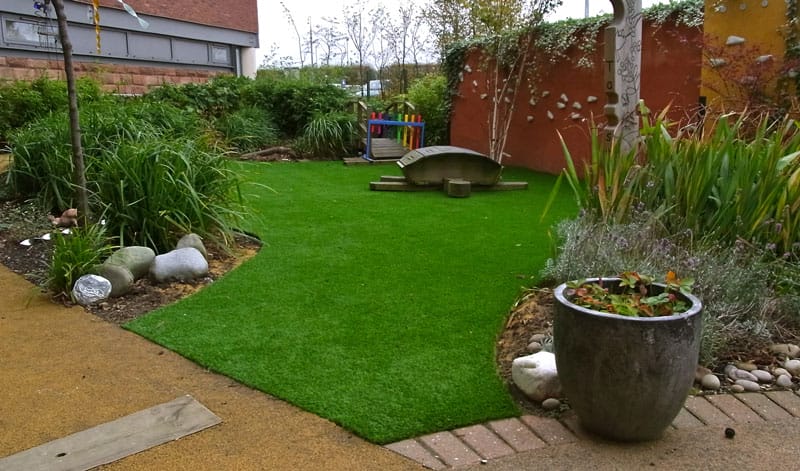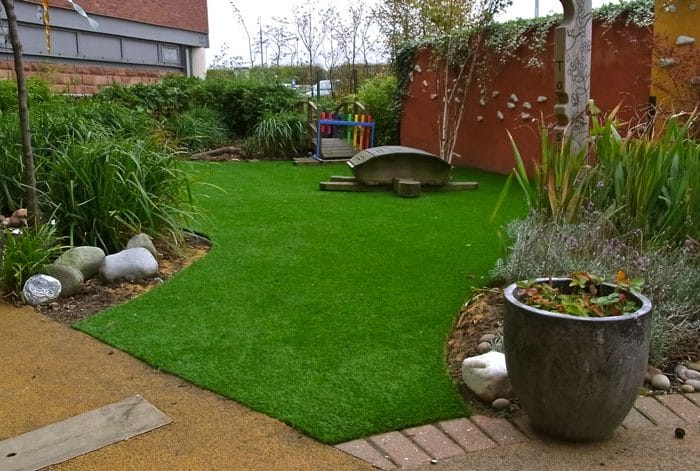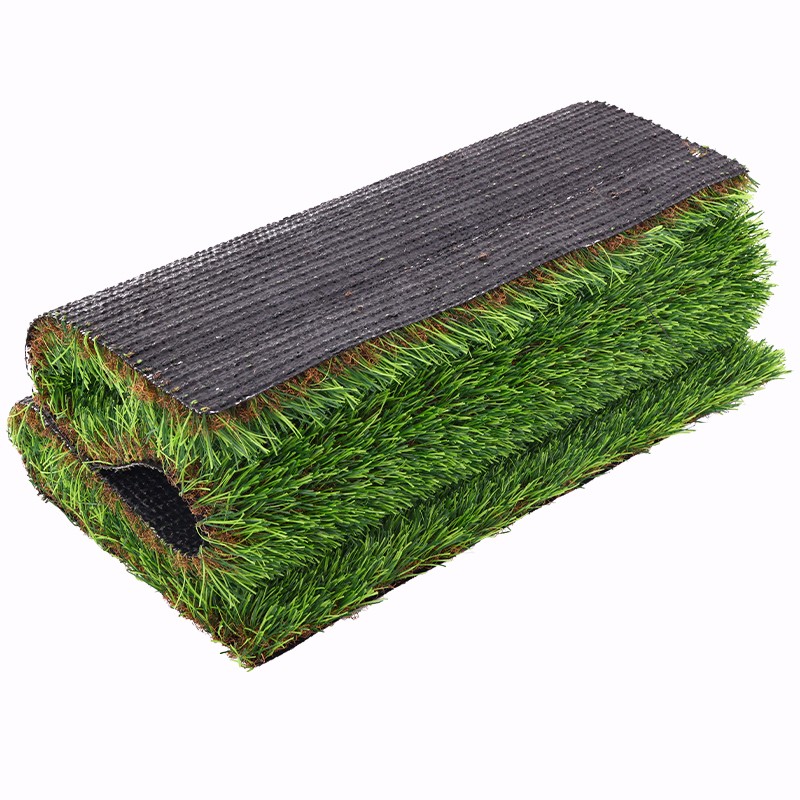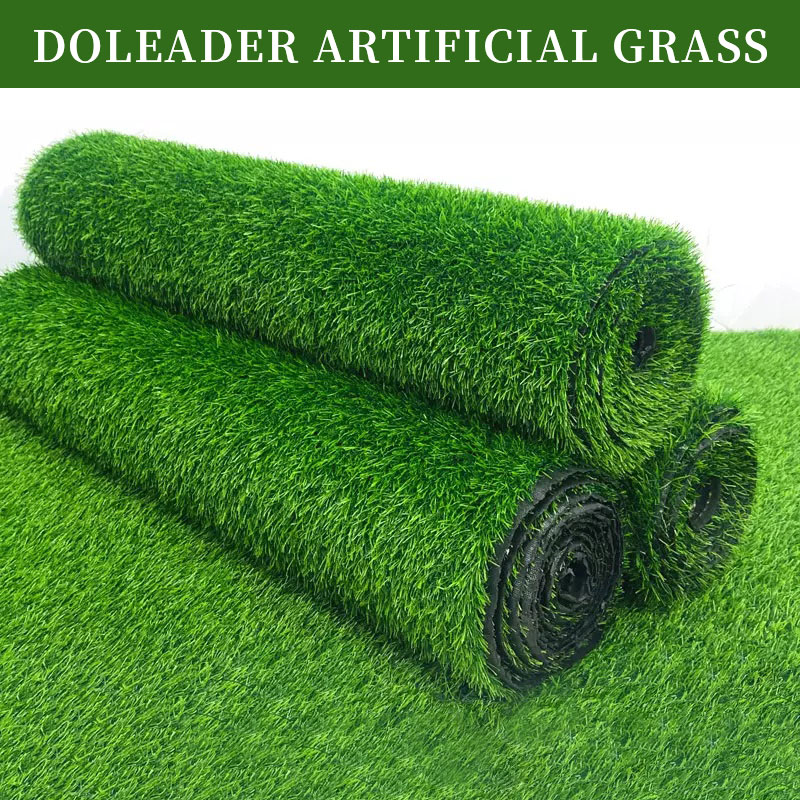
In recent years, artificial grass has become an increasingly popular alternative to natural lawns, offering a low-maintenance and visually appealing solution for outdoor spaces. While artificial turf is typically installed over a concrete or compacted gravel base, it is also possible to lay it directly on dirt or soil. However, this approach requires careful preparation and consideration to ensure a successful and long-lasting installation.
The primary advantage of installing artificial grass on a dirt surface is cost savings. Skipping the need for extensive base preparation, such as pouring a concrete slab or compacting gravel, can significantly reduce the overall project expenses. Additionally, this method allows for better drainage, as the soil beneath the turf can absorb excess water, reducing the risk of puddles or standing water.
However, there are several challenges and potential drawbacks to consider when installing artificial grass on dirt:
- Soil Compaction: Proper soil compaction is crucial to prevent settling, which can create dips or unevenness in the turf surface over time. Adequate compaction can be achieved through mechanical tamping or by using a vibrating plate compactor.
- Weed Barrier: A high-quality weed barrier fabric must be laid over the compacted soil to prevent weeds and grass from growing through the artificial turf. This barrier should be overlapped and secured properly to ensure complete coverage.
- Base Preparation: Even on a dirt surface, a base layer of crushed rock or gravel is recommended to provide a stable foundation and improve drainage. This base should be leveled and compacted thoroughly before laying the weed barrier and artificial grass.
- Drainage: While the soil can absorb some moisture, proper drainage is still essential to prevent water accumulation and potential damage to the turf. Sloping the area or installing a drainage system may be necessary, depending on the site’s topography and climate.
- Maintenance: Artificial grass on dirt may require more frequent maintenance, such as raking or brushing, to prevent soil buildup or displacement over time.
Before embarking on an artificial grass installation project on a dirt surface, it is essential to consult with professionals and follow the manufacturer’s guidelines closely. Proper preparation, including soil testing, grading, and compaction, is crucial to ensuring a successful and long-lasting installation.
While installing artificial grass on dirt can be a cost-effective solution, it requires careful consideration of the site’s specific conditions and potential challenges. With the right preparation and maintenance, artificial grass can provide a beautiful and low-maintenance outdoor space, even on a dirt surface.










